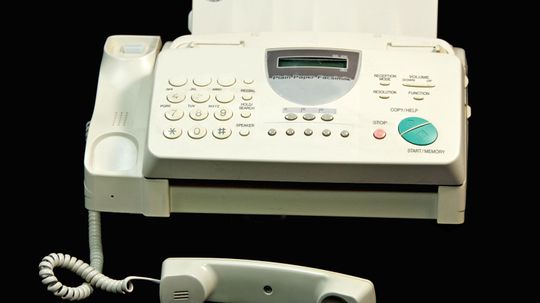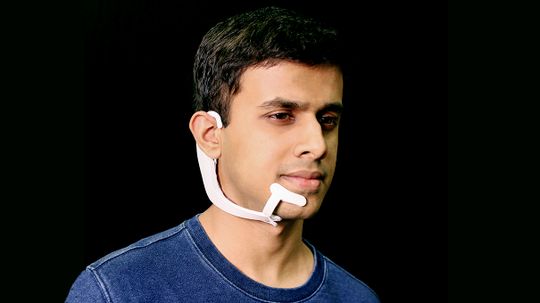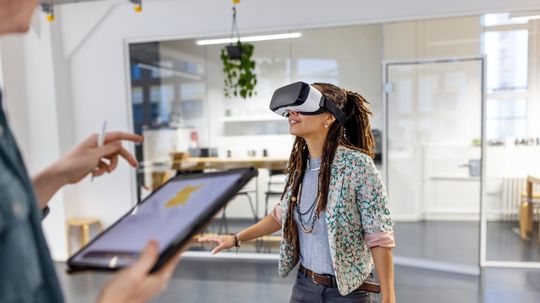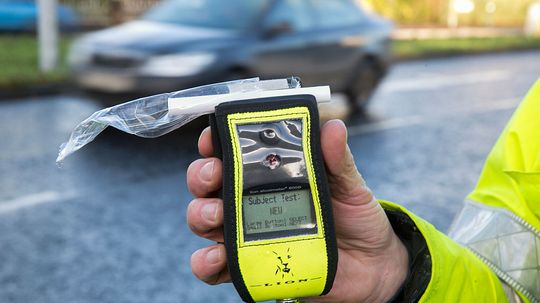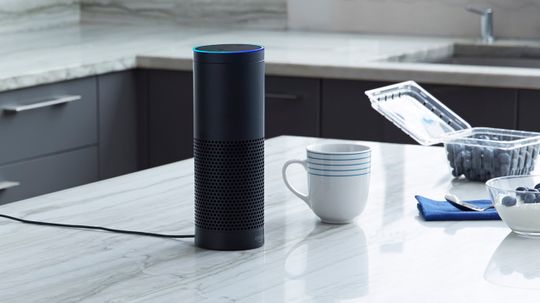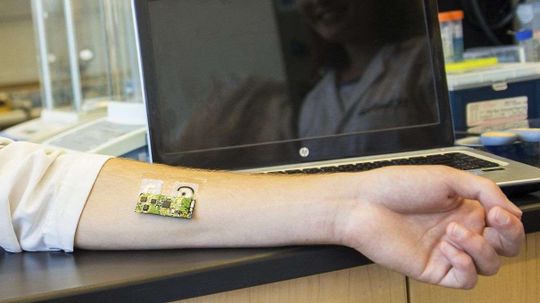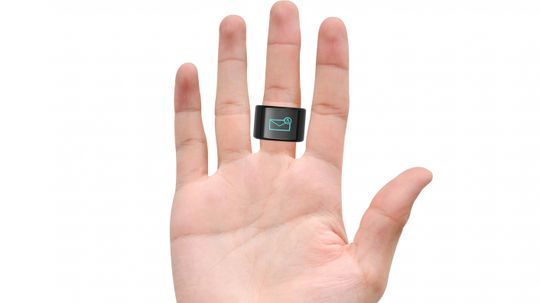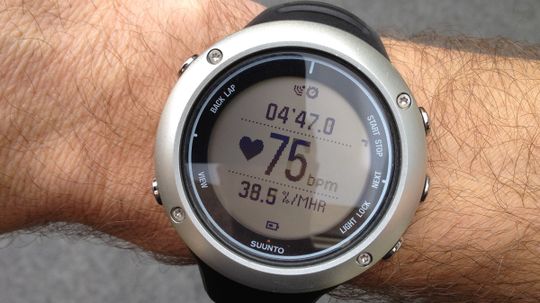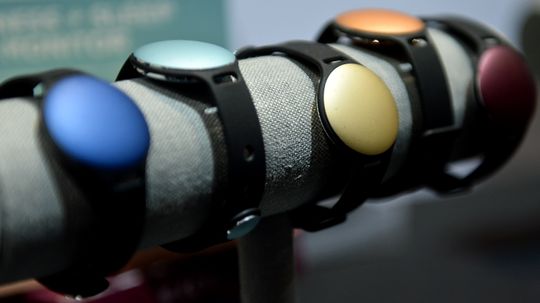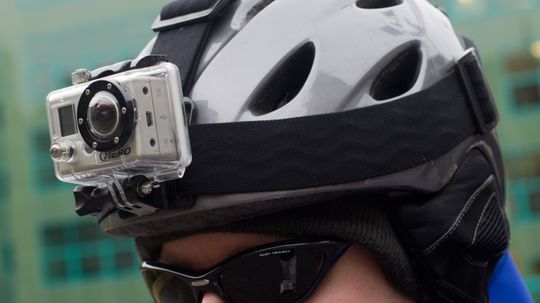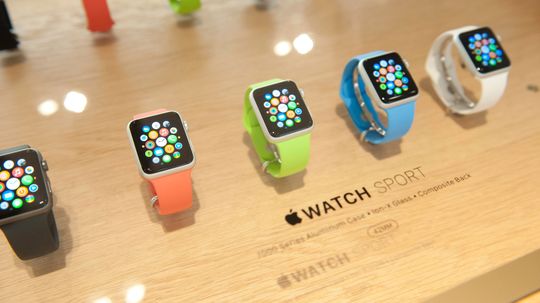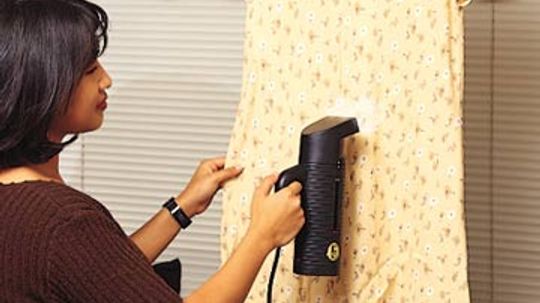Electronic Gadgets
"Gadget" is a catch-all word these days for nifty devices. We've covered the basics, such as clocks & watches, plus delved into the world of present-day and future high-tech gadgets, such as digital jewelry and restaurant pagers.
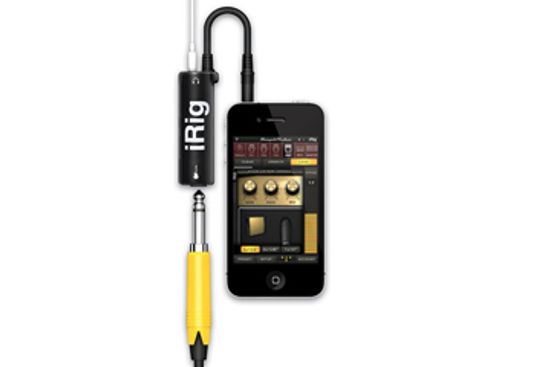
Can I turn my iPhone into a guitar amp?
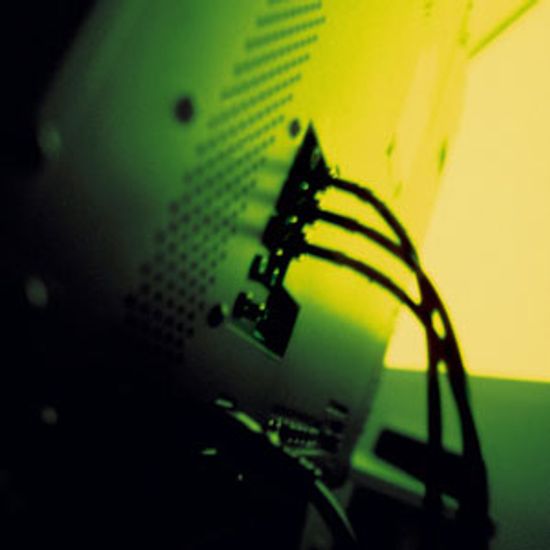
Are premium audio cables worth the investment?

Headphones vs. Earbuds: Which Are Better?
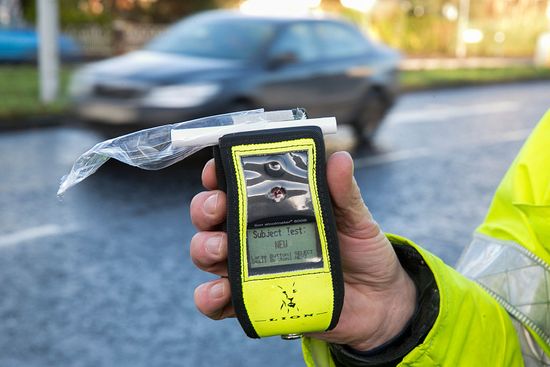
A Breathalyzer for Drugs? We're Not There Yet
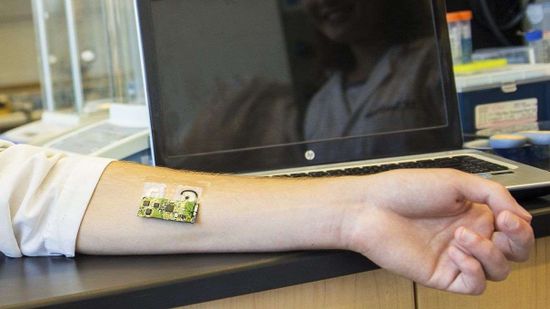
Wearable Alcohol Sensor Could Text You if You're Too Drunk
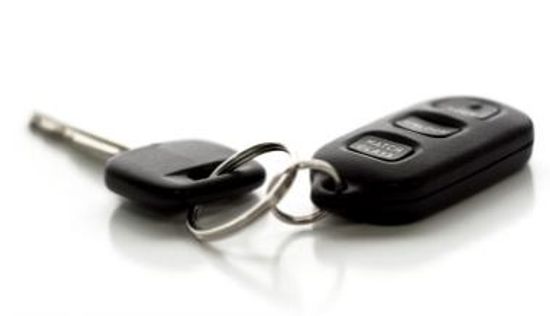
Can Other People Unlock My Car Door With Their Remote?
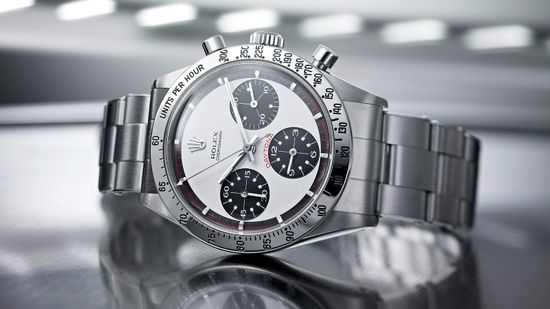
How Rolex Came to Rule the Wrist

10 Ways Watches Have Evolved
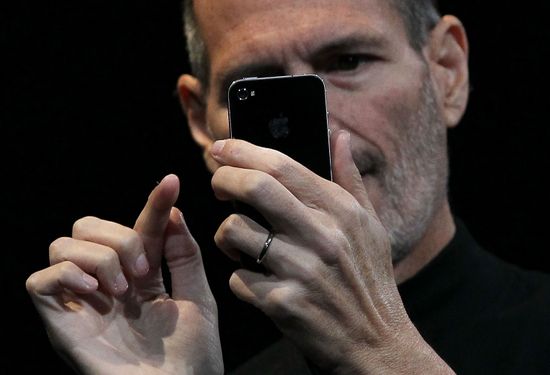
Why don't we wear wristwatches anymore?
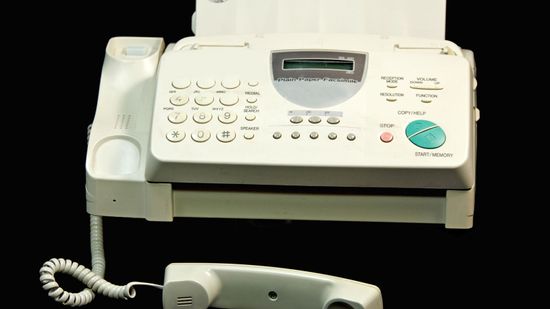
People Still Use Fax Machines, But, Um, Why?

When Was the Fax Machine Invented?

How Broadcast Fax Works

Running While Female: Safety Apps and Tech
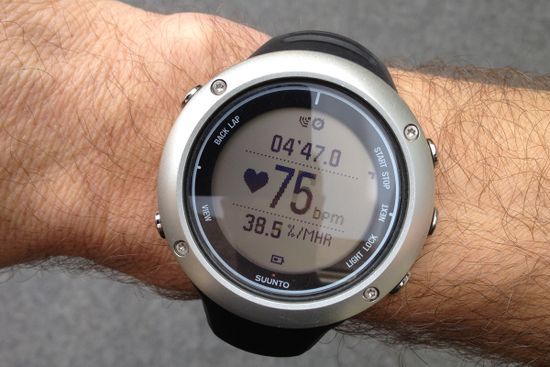
How can a bracelet track your heart rate?
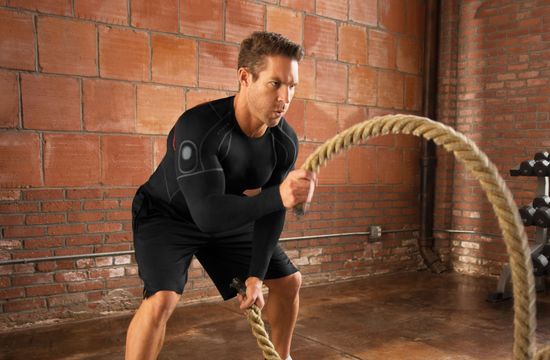
How Athos Clothing Works
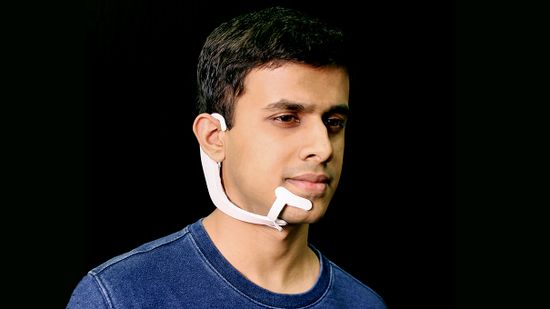
New MIT Headset Can 'Hear' Your Thoughts and Respond
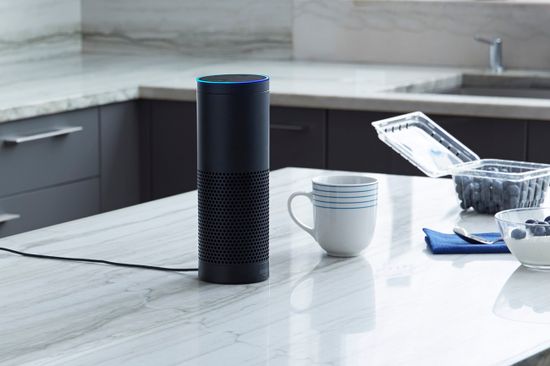
How Amazon Echo Works

14 Apple Products That Failed Miserably

The Uber-popular Aeron Chair Was First Made for Grandma

How Virtual Windows Work
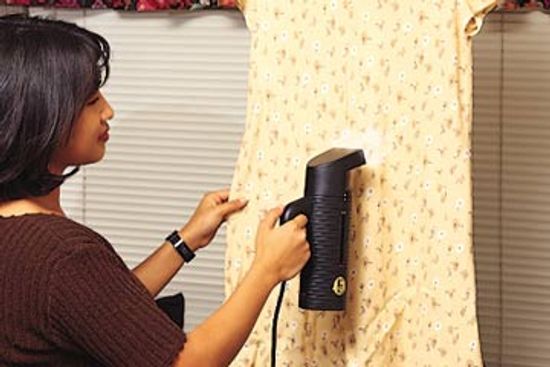
How a Clothes Steamer Works
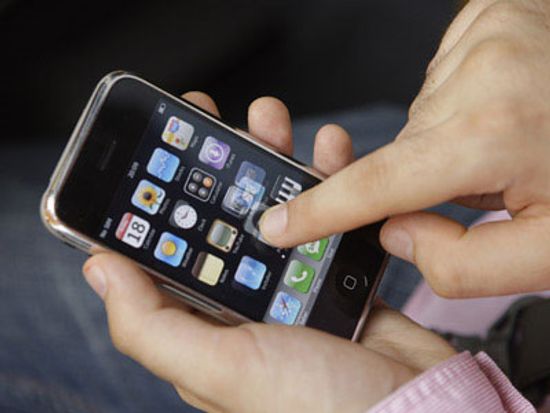
How Digital Shopping Lists Work

How Mug Warmers Work

How Rapid Drink Chillers Work
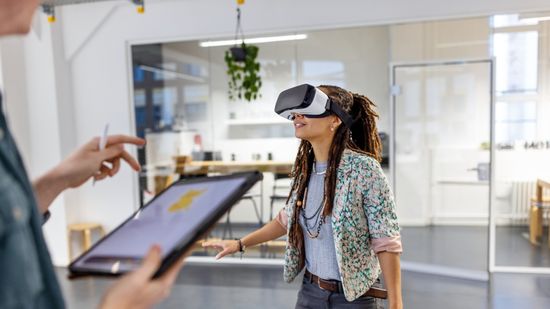
12 Exciting VR Applications Other Than Gaming
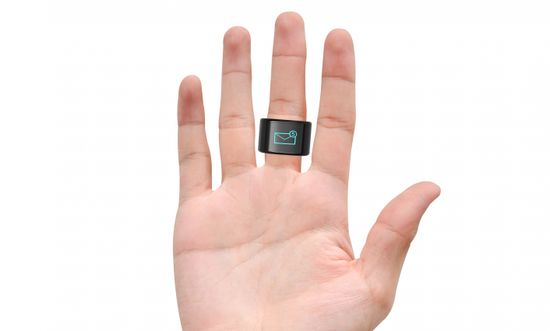
How Smart Rings Work

How could a laser pointer take down a plane?

How Satellite Phones Work

How Electronic Language Translators Work
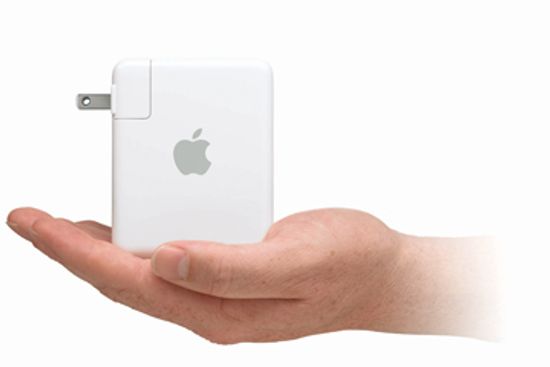
How Apple Airport Express Works
Learn More
With the advent of email and scanning, why would anyone want to bother with faxing? Actually, it's still going strong in medical, insurance and government circles. Here's why.
The Rolex name is synonymous with luxury and cool. But how did this watch company become one of the most famous brands in the world?
MIT's AlterEgo allows you to control a computer and ask it questions without ever uttering one word. It could mean profound changes on how we communicate.
Advertisement
For decades now virtual reality (VR) has dangled on the fringes of technology without ever truly achieving accepted mainstream adoption or commercial success. But according to Citigroup analyst Kota Ezawa, 2016 will be the year that VR finally gains widespread recognition and approval. By 2019 the VR market is expected to top $200 billion after accounting [...] The post 12 Exciting VR Applications Other Than Gaming appeared first on Goliath.
By Wes Walcott
It's a lot harder to develop a breath test for marijuana and opioids than it is for alcohol. But that hasn't stopped a lot of people from trying.
By Alia Hoyt
Amazon Echo might look like a cylindrical Bluetooth speaker, but could it actually be the voice-controlled computer that will finally walk us into the future?
Soon we might rely on flexible wearable monitors to replace breathalyzers and analyze sweat, notifying us if we've had one too many - or are near the limit.
Advertisement
Swiveling around in an Aeron chair can make a lowly assistant feel like an executive. But how did it get so big?
By Alia Hoyt
Three attacks on female runners prompted us to check out what apps and tech are out there to help keep runners safe and logging those miles.
We have smartphones, smart watches and now smart rings. But can a gadget that small really help you manage your communication and information needs?
By Dave Roos
Present day Apple is one of the richest and most powerful companies in the world. Lately, it seems they can do no wrong. The iPad was ridiculed in 2010 by tech experts as an unnecessary toy - until they sold almost 20 million units in the first year alone. People line up for days in [...] The post 14 Apple Products That Failed Miserably appeared first on Goliath.
By Devon Taylor (@DevonTaylor113)
Advertisement
Superheroes are amazing for many reasons but mostly because of their super speed, super strength, invisibility powers, x-ray vision, you name it. Everyone has had the debate about why their favorite superhero is the best and while they are all incredible, some really don't have any powers to speak of and need a bit more [...] The post The 9 Best Superhero Gadgets And Accessories appeared first on Goliath.
By Telisa Carter
Your goal is to exercise within your targeted heart rate zone, so accurate heart-rate readings are crucial. Can you depend on a bracelet to give you those results while you're working out?
Imagine a garment that analyzes your every workout move and ensures your performance is optimal. That's the goal of Athos clothing. Will it make all our workouts more effective?
Misfit Trackers have garnered lots of plaudits for their sleek design and multiple color options. But how do they stack up on data collection?
By Alia Hoyt
Advertisement
Helmet cameras allow you to capture shots that would be impossible otherwise. What's it like to see a wave coming at you while you surf? But the camera has uses way beyond extreme sports. Who else has jumped on the trend beside athletes?
By Alia Hoyt
Apple is hoping to reinvent personal tech with Apple Watch. Is the dream of the wrist communicator finally coming true?
In the United States, it's a felony to knowingly aim a laser pointer at an aircraft. And for good reason: Those little red dots have landed pilots in the hospital.
By Beth Brindle
Portable timepieces have existed since the mid-1500s; however, the wristwatch (as we know it) has only been around for a little more than a century. Learn the many ways that watches have evolved.
Advertisement
Technology is ever-evolving, so gadgets that were cutting edge just a few years ago are already obsolete. Here are 10 that linger, though we'd happily eulogize them.
You can get a sense of the transformative power of GPS by taking a look at all the offbeat uses people have dreamed up for it -- like tracking down lost Nativity scenes and preventing shark attacks.
Being trapped in a windowless room doesn't mean you have nothing to see. Virtual windows can give the illusion of an exterior wall, and they can provide therapeutic benefits.
A wise man once said, "There's a time to iron and a time to steam." OK, maybe no prophet said it, but it's true. Certain fabrics perform better when steamed rather than ironed.
By Chris Opfer
Advertisement
If you dismiss a digital scale as just the machine that weighs you, you're missing out. Peer into the heart of this common measuring device and you'll find something wondrous: a set of physical laws ingeniously harnessed to one very handy tool.
Sat phones can be your only line of communication in remote areas, but it's a costly way to reach out and touch someone. How do sat phones keep a signal when nothing else can, and why are they sometimes dangerous?
